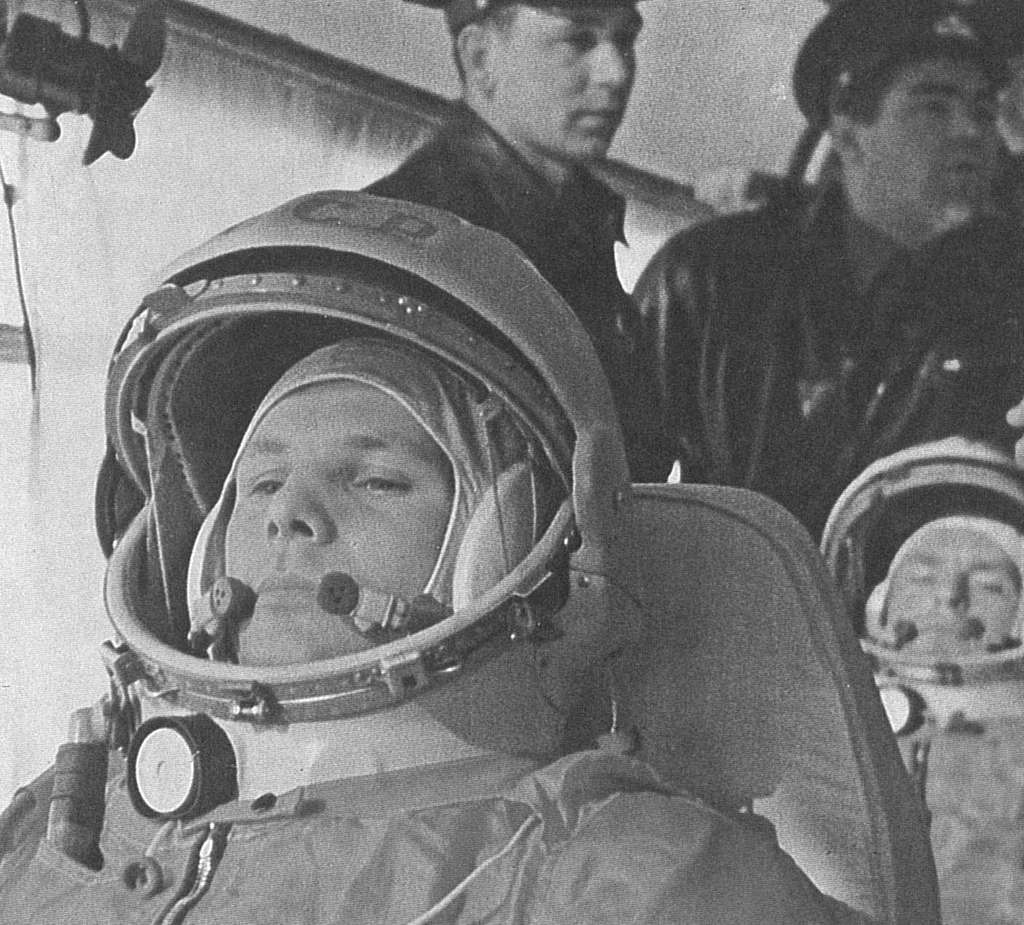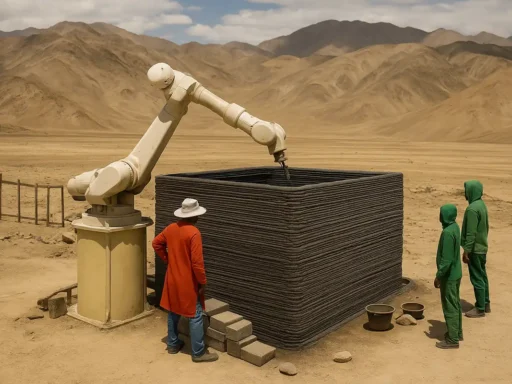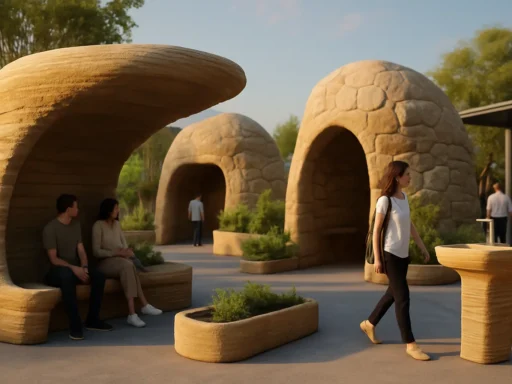Yuri, named as a tribute to Yuri Gagarin, the first human to journey into space, is a pioneering space biotech firm that has just unveiled its latest invention: a modular 3D printed fluidic system designed for biological experiments in microgravity.
The company specializes in leveraging the microgravity environment of space to develop innovative biotech products. With a dedicated team of over 30 space engineers and biologists, Yuri has collaborated on more than 20 projects for the International Space Station, partnering with an out of space fantastic range of institutions, including NASA, ESA, GSK, and Charité Berlin, just to name a few.
To propel the frontier of space-based biotechnology forward, the team presented their 3D printed know-how, at the core of which is a bi-directional peristaltic pump, housed within a compact aluminum case measuring 40 x 40 x 80 mm, alongside electronic components. Comprising four 3D printed modules, including fluid storage, culture chamber, fluidic chip, and pump modules, each assembly is coined a “ScienceShell”. These ScienceShells are then housed within the “ScienceTaxi”, a fully autonomous incubator customized for microgravity research of biological samples, capable of accommodating up to 38 ScienceShells.
With the power of 3D printing, Yuri has not only made its fluidic system more complex and precise, but has also initiated customization for clients. By tailoring modules to specific requirements and reducing system size, the firm enables multiple ScienceShells from various companies to be hosted simultaneously, amplifying scientific collaboration and giving opportunities to experiment. Using the Formlabs PreForm platform and Form 3B+ printer, the team ensures an efficient workflow, as well as great traceability, adding the detail and strength of BioMed Clear Resin material. After post-printing washing and UV curing as finishing touch, Yuri guarantees optimal performance of its biotech solutions.
With the in-house 3D-printing, the time from contract to launch reduced to just under 12 months, and users being able to customize and test their ScienceShells within weeks, the invention streamlined the supply chain, reduced costs and lead times, and improved quality. There’s less environmental impact through reduced material waste, too, although the team admits that energy consumption remains under assessment.
Looking ahead, Yuri plans to optimize its 3D printing process further, develop new experiment modules, and study part orientation and machine parameters to boost efficiency and energy consumption. As Gagarin himself once said, way to go!





